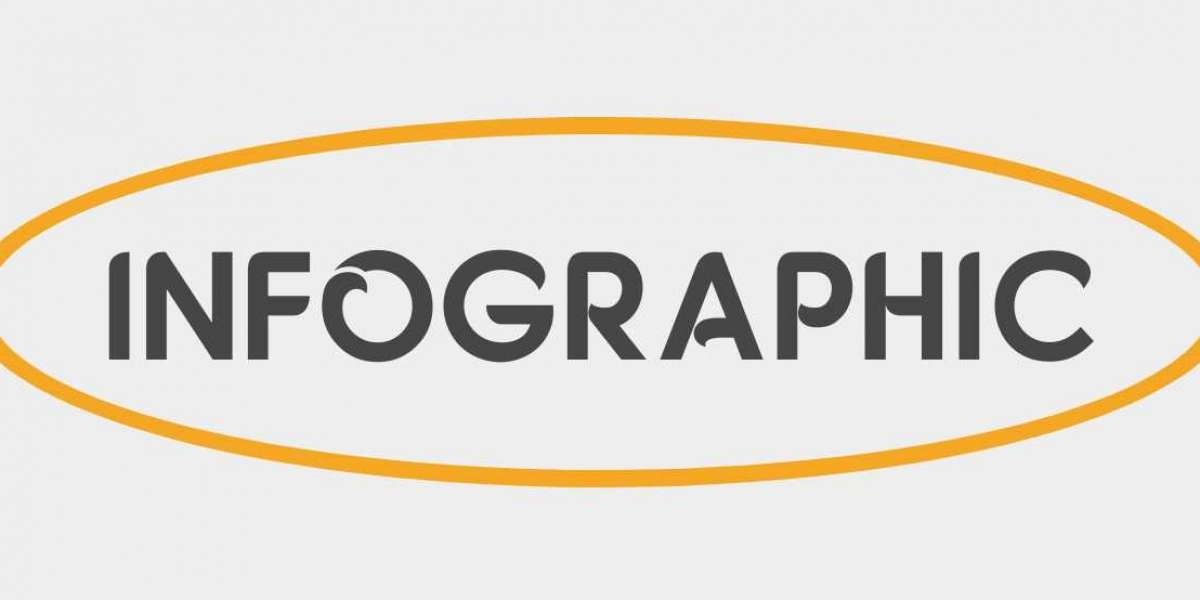In the ever-evolving landscape of healthcare technology, the ability to share and access medical information seamlessly across different systems is crucial. This interoperability enhances patient care, streamlines workflows, and reduces redundancies. One of the pivotal technologies driving this transformation is the Digital Imaging and Communications in Medicine (DICOM) standard. In this article, we'll explore how DICOM solutions improve interoperability across healthcare systems, examining their core functions, benefits, challenges, and future prospects.
Understanding DICOM: A Brief Overview
DICOM is a global standard for transmitting, storing, and managing medical imaging information and related data. Established by the National Electrical Manufacturers Association (NEMA) and the American College of Radiology (ACR), DICOM was first introduced in 1985. The standard is designed to ensure that medical imaging data can be shared and understood universally, regardless of the equipment or software used.
DICOM encompasses two primary components:
- DICOM File Format: This defines how medical images and related information are stored in files.
- DICOM Network Protocol: This specifies how medical images and related information are exchanged between systems.
The Importance of Interoperability in Healthcare
Interoperability in healthcare refers to the ability of different systems and organizations to work together and share information effectively. This capability is essential for:
- Improving Patient Care: Access to complete and accurate patient information allows healthcare providers to make informed decisions, leading to better outcomes.
- Enhancing Efficiency: Streamlined workflows reduce redundancies and the risk of errors, ultimately saving time and resources.
- Supporting Data Analytics: Integrated data across systems enables comprehensive analysis, leading to better insights and research opportunities.
- Facilitating Collaboration: Effective information exchange supports collaborative care models, where multiple providers work together to manage patient care.
How DICOM Solutions Facilitate Interoperability
Standardized Data Formats
DICOM provides a standardized file format for medical images and related information. This standardization ensures that images from different imaging modalities—such as MRI, CT, X-ray, and ultrasound—can be uniformly interpreted and displayed by various systems. By adhering to a common format, DICOM eliminates the need for proprietary file formats that may not be compatible with other systems.
Consistent Data Representation
DICOM defines a comprehensive set of attributes for representing medical images, including patient demographics, imaging parameters, and image quality metrics. This consistency ensures that data is accurately and uniformly represented across different systems, reducing the likelihood of misinterpretation or data loss.
Interchangeable Network Protocols
The DICOM network protocol specifies how medical imaging data is transmitted between systems. It supports various network communication methods, including TCP/IP and HTTP, ensuring compatibility with different network infrastructures. This flexibility allows healthcare organizations to integrate DICOM solutions into their existing IT environments without significant modifications.
Integration with Electronic Health Records (EHRs)
DICOM solutions can be integrated with Electronic Health Records (EHRs) and Picture Archiving and Communication Systems (PACS). This integration enables seamless access to imaging data within the broader context of a patient's health record. Clinicians can view imaging results alongside other clinical information, leading to a more holistic view of the patient's health.
Support for Advanced Imaging Technologies
DICOM is designed to accommodate advancements in imaging technologies. For example, DICOM has evolved to support new modalities and techniques, such as 3D imaging and molecular imaging. This adaptability ensures that the standard remains relevant and continues to facilitate interoperability as technology advances.
Enhanced Data Management
DICOM provides robust data management capabilities, including indexing, searching, and retrieving images and related information. These features streamline data access and management, enabling healthcare providers to quickly locate and utilize relevant imaging data.
Case Studies: DICOM in Action
Case Study 1: Multisite Hospital Network
A multisite hospital network implemented DICOM solutions to improve interoperability across its various facilities. By standardizing on DICOM for image storage and transmission, the network enabled seamless sharing of imaging data between hospitals. This integration allowed radiologists to access and review images from any location, facilitating more efficient consultations and second opinions.
Case Study 2: Integrated Cancer Care
An integrated cancer care center adopted DICOM solutions to streamline the management of complex imaging data. By integrating DICOM with their EHR system, the center provided oncologists with easy access to imaging results within the patient's health record. This integration improved care coordination and allowed for more precise treatment planning.
Challenges and Considerations
While DICOM solutions offer significant benefits, several challenges and considerations must be addressed to maximize their effectiveness:
Data Security and Privacy
Ensuring the security and privacy of medical imaging data is a critical concern. Healthcare organizations must implement robust security measures, including encryption and access controls, to protect sensitive patient information from unauthorized access.
System Compatibility
Despite the standardization provided by DICOM, variations in implementation across different systems can lead to compatibility issues. Healthcare organizations must ensure that their systems are fully compliant with DICOM standards to avoid integration problems.
Training and Adoption
Effective implementation of DICOM solutions requires adequate training for healthcare professionals. Ensuring that staff are familiar with DICOM standards and protocols is essential for maximizing the benefits of interoperability.
Ongoing Maintenance
DICOM solutions require ongoing maintenance and updates to accommodate technological advancements and evolving standards. Healthcare organizations must allocate resources for regular updates and system maintenance to ensure continued interoperability.
Future Prospects for DICOM and Interoperability
The future of DICOM and interoperability in healthcare looks promising, with several emerging trends and developments:
Artificial Intelligence (AI) Integration
AI technologies are increasingly being integrated with DICOM solutions to enhance image analysis and interpretation. AI algorithms can assist radiologists in identifying abnormalities, improving diagnostic accuracy, and streamlining workflows.
Interoperability with Other Standards
Efforts are underway to improve interoperability between DICOM and other healthcare standards, such as HL7 and FHIR. These integrations aim to provide a more comprehensive and unified approach to healthcare data exchange.
Cloud-Based Solutions
Cloud-based solutions are becoming more prevalent in healthcare, offering scalable and flexible storage and processing capabilities. Integrating DICOM with cloud platforms can further enhance data accessibility and collaboration across healthcare systems.
Personalized Medicine
As personalized medicine becomes more prominent, the need for seamless data exchange and integration will grow. DICOM solutions will play a critical role in supporting personalized treatment plans by providing comprehensive imaging data.
Conclusion
DICOM solutions have revolutionized the way medical imaging data is shared and managed across healthcare systems. By providing standardized formats, consistent data representation, and interoperable network protocols, DICOM enhances the ability of healthcare providers to access and utilize imaging information effectively. Despite the challenges associated with implementation and maintenance, the benefits of DICOM in improving patient care, enhancing efficiency, and supporting data analytics are undeniable.







